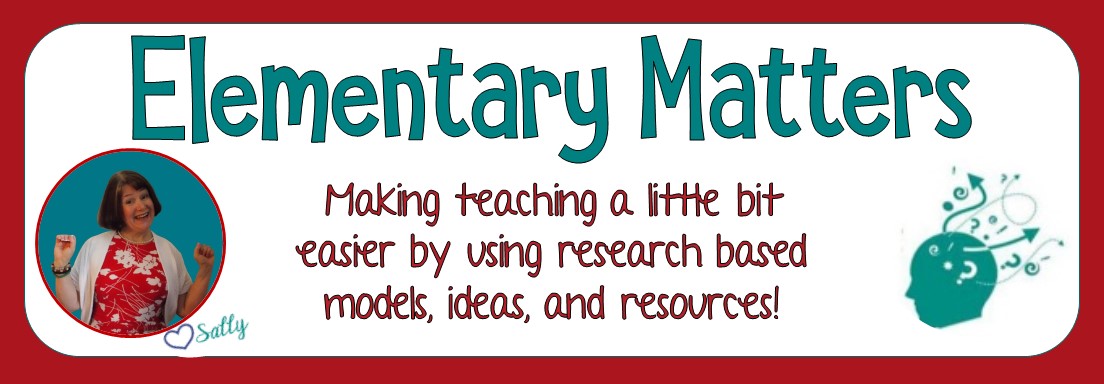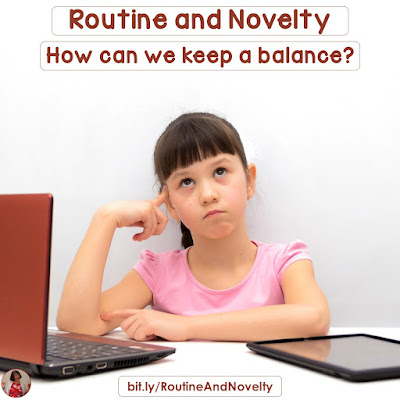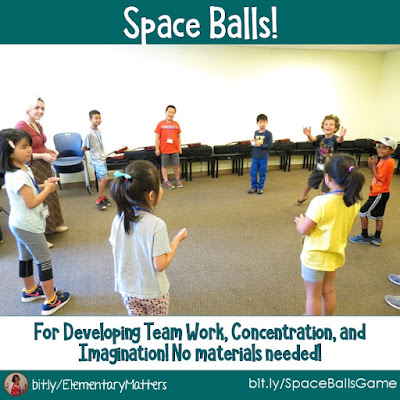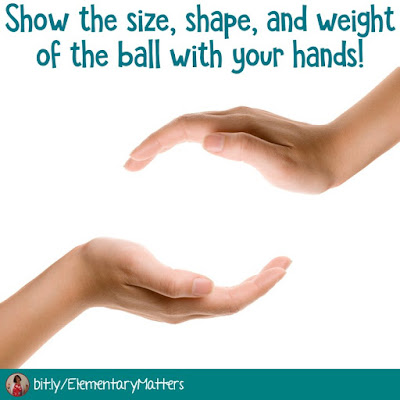Children learn in many ways.
I'm particularly partial to the arts.
Research on the brain proves that the arts make strong connections with the memory.
Today's post is about one of my favorite arts, dramatics!
There are many ways to use dramatics in the classroom, and many reasons to do it! Here are some of the "whys!"
Yes, it's true. It's a great place for those shy kids! It sounds odd, but seriously, when you give a shy kid a character to play, they really come out of their shell! Did you ever hear that many movie stars are actually introverts? It all makes sense!
Reading scripts gives the children practice with reading skills. And, of course, children need to learn to speak clearly. Dramatics give them plenty of opportunities to practice speaking in front of others!
Actors depend upon each other when performing. If someone misses a line, that affects all the others. Therefore, if all team members live up to their responsibilities, they will all be successful.
When pretending to be a character, children need to put themselves in the shoes of the character, and think about how that character feels. They learn empathy!
Actors must pay attention to the script and focus on what is happening in the performance.
In the context of a performance, problems always arise. Children easily solve these while working together toward that common goal: a successful performance!
Both verbal and nonverbal communication are important when putting on a play! Children learn to show their feelings with and without words.
When children put on a skit or a play, or act out a scene, they work hard together toward a common goal. That's the kind of thing that builds confidence and self-esteem! When it's over, they beam with pride!
Now that we understand why dramatics are beneficial to children in the classroom, here are some ways to fit dramatics into your busy day!
Not only is it fun to act out stories of the past, but as the children act out different parts, their movements settle into their memories. I often had my students act out the Pilgrims on the Mayflower, including saying goodbye to loved ones, the constant rocking, eating the ship's food, seasickness, (they loved that part) seeing a newborn baby on the ship, and sighting land. As I described each detail, they went through the motions, and were totally engaged in the trip! The best part? They remember it because they were physically involved as well as emotionally involved.
Similar to the above, but this one doesn't have to be from factual information. It works particularly well with group read-alouds, or if a group is all reading the same book. It might sound something like this, "Show what Wilber's face looks like when Charlotte wove her web." Or maybe, "Show Max's face when he realizes his dinner is still warm."
Having to recreate these moments helps them build empathy and develop feelings for the characters in their stories.
I remember having to memorize a list of vocabulary words every week. Do I remember those words now? Not many of them! Acting out the words makes them real. Plus, it works across the curriculum! Yes, even math!
Encourage writing stories that have characters having conversations! Kids are so creative, they might enjoy a writing prompt that encourages unusual "personalities" having a discussion, for example, "What would your pencil say to your paper?" or "What would your desk say to your chair?" This really gets them thinking about conversations and personalities.
Reader's Theater is a favorite of the students as well as the teachers! Why? The kiddos like it because it's fun! The teachers like it because it incorporates so many important skills: reading, speaking, thinking, building empathy for others, and working together, to name a few!
Here are a few Reader's Theater resources for you to explore:
Here's a series of character-building Reader's Theater where the children make up the ending:
Here's one more fun resource that the children love, especially when they can make up a voice for each character:
I hope you enjoy using dramatics in the classroom as much as I do!







































